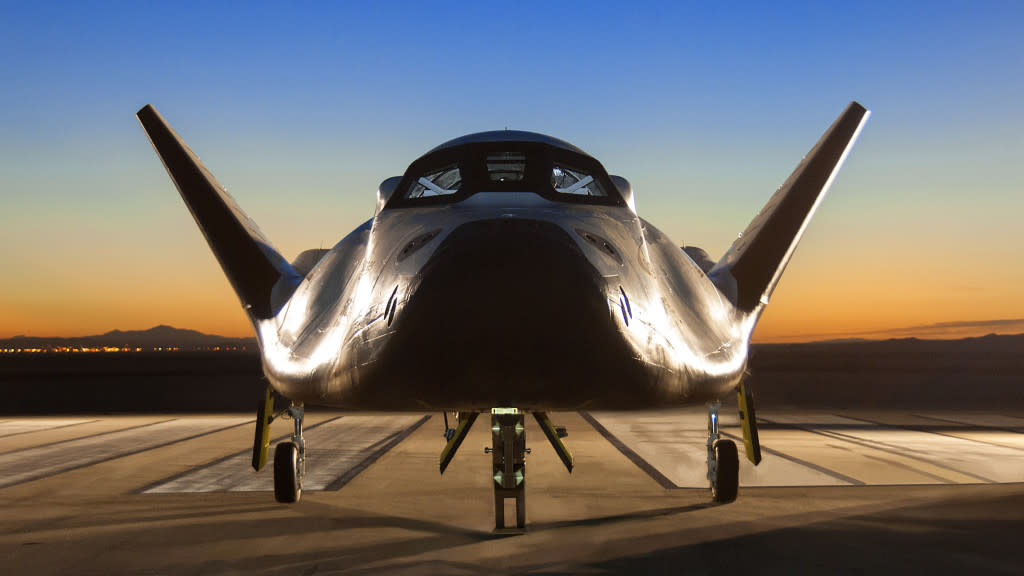The UN wants to buy a spaceship to launch poor countries’ experiments into orbit

Guadalajara, Mexico
A tension underlying any global gathering of astronautics geeks is that money talks and little else gets you to space. At the International Astronautical Congress (IAC) underway in Mexico this week, that tension is front and center. The theme of this year’s congress is “Making space affordable and accessible to all countries.”
A lack of funding means that poor nations often are denied the benefits of space access—not simply scientific advancement or international prestige, but the very real advantages that come from using satellites to track weather, monitor crops, provide telecommunications access, and mitigate disasters.
The United Nations is stepping up efforts to help these countries close the gap. It’s planning to purchase a US-made Dream Chaser spacecraft to fly experiments from 14 nations into orbit on a two-week mission in 2021.
The aptly named craft the UN has in mind is built by Sierra Nevada Space Systems, and is unique as one of the few orbital spaceplanes in development, akin to the Space Shuttle, that can glide to a landing at an airport after being launched on a rocket. Earlier this year, the company won a NASA contract to fly six cargo missions to the International Space Station between 2017 and 2024.
The UN has not disclosed the cost of its proposed mission. According to Simonetta Di Pippo, director of the UN Office of Space Affairs, there is still a large fundraising gap to close. Her office is looking for donors, ideally large nonprofits, and will ask participating countries to pick up some of the tab ahead of the 2018 deadline to begin putting the mission together.
Di Pippo’s office is building on a program that gives developing nations a chance to annually launch one cubesat—a satellite roughly 10 cm square—from Japan’s module on the International Space Station. Kenya’s University of Nairobi was selected as the first participant. A future program that will allow various countries to do scientific work on China’s next space station, which launched Sept. 15.
Critics question whether the effort is sustainable, or simply a form of tokenism. Di Pippo calls it “just the first step.” She notes that the infrastructure required to participate in the program—including local government backing and a team of engineers with access to support from developed countries—creates a base of knowledge for the countries involved to build on. “It’s a domino effect,” she says.
But there is a sense of impatience.
“The unfortunate reality, 50 years gone by, is that we are still talking about building capacity in developing countries,” said a South African delegate to a meeting marking the 50th anniversary of the UN conference on space.
But there are also signs of progress. South Africa’s space agency is less than a decade old. And India has set the pace for developing country space efforts with a series of successful launches, including a Mars probe.
For affordable space access, many here at the IAC event are looking to the commercial sector and its propensity to drive down costs. The UN’s ability to buy a spacecraft from a company, rather than collaborating with a government agency, is one sign of this trend.
Meanwhile, use of low-cost, off-the-shelf electronics, along with increasingly affordable modern manufacturing techniques, are making cheap satellites easier to produce. And competition in the commercial launching business is driving down prices and forcing companies to launch more secondary payloads beyond huge, expensive satellites for major corporations.
The best hope now for closing the space-access gap? That the UN’s efforts will allow scientists and engineers in developing countries to meet these converging trends head on.

Sign up for the Quartz Daily Brief, our free daily newsletter with the world’s most important and interesting news.
More stories from Quartz:

